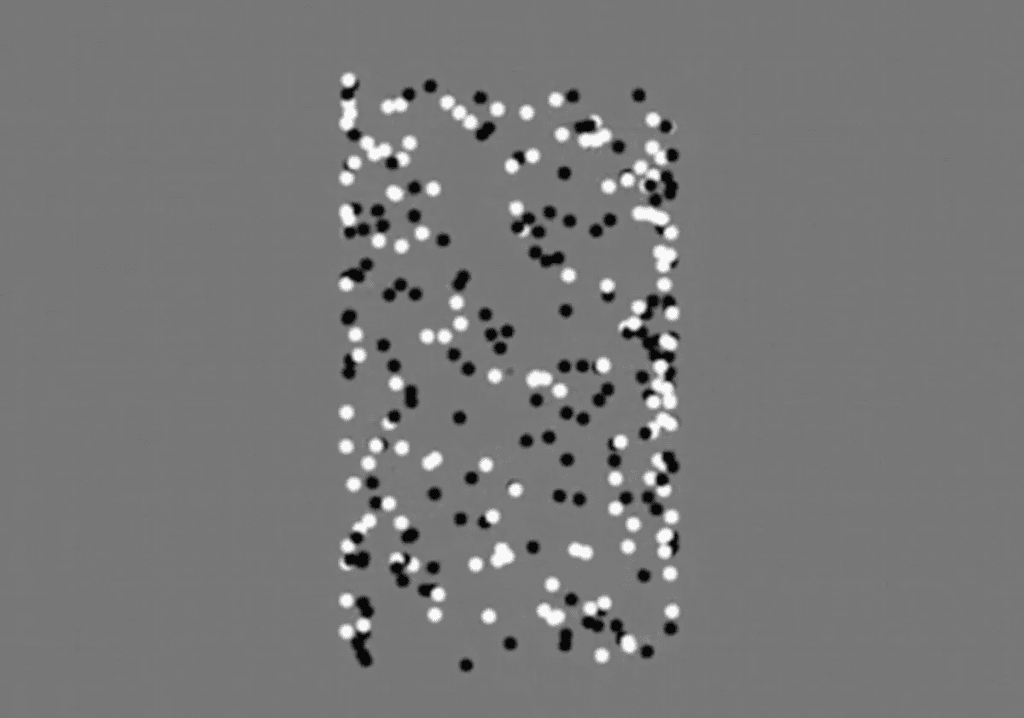A fascinating new optical illusion could reveal certain traits about people in mere seconds. Are you curious about what this mind-boggling image reveals? Optical illusions are more than just fun visual tricks; they can actually tell you a lot about yourself. They can test your intelligence, vision, and even your IQ.

Recently, a brainteaser has emerged that can apparently identify people with autistic traits in just a few seconds. Diagnosing autism spectrum disorder (ASD) traditionally involves extensive tests and multiple visits to healthcare providers.
The diagnostic process typically includes two stages: an initial screening followed by a comprehensive evaluation.
Screenings help determine if further evaluations are necessary and can also rule out other conditions. Interestingly, this new optical illusion might offer preliminary insights into whether someone should seek further analysis.
A study published in 2018 in the journal eLife discovered that changes in a patient’s pupils while looking at a specific brainteaser could indicate autistic traits.
The brainteaser involves a three-dimensional cylinder that appears to spin, and this illusion correlates with the likelihood of displaying autistic traits. While it can’t provide a definitive diagnosis, it can contribute valuable information to the initial screening process.
So, how exactly does this work?
The optical illusion assesses how the pupils change size depending on whether a person is viewing light or dark images.
By capturing a person’s focus, the illusion gives insights into which part of the screen the individual is concentrating on during the test.
The illusion used in the study consists of a GIF with white dots moving in one direction and black dots moving in the opposite direction.
For many people, this creates the illusion of a three-dimensional rotating cylinder, although perceptions of this can vary from person to person.
Individuals who tend to focus on intricate details may see only one color at a time, alternating their focus between the black and white dots.
Before showing participants the optical illusion, they completed a questionnaire.
Those with higher scores on the questionnaire were more likely to exhibit autistic traits. The group then viewed the illusion while researchers measured their pupil responses.
The findings revealed that participants whose pupils oscillated more while watching the optical illusion often scored higher on the earlier questionnaire.
Researchers believe that people with autistic traits or those on the autism spectrum tend to focus more on individual details.